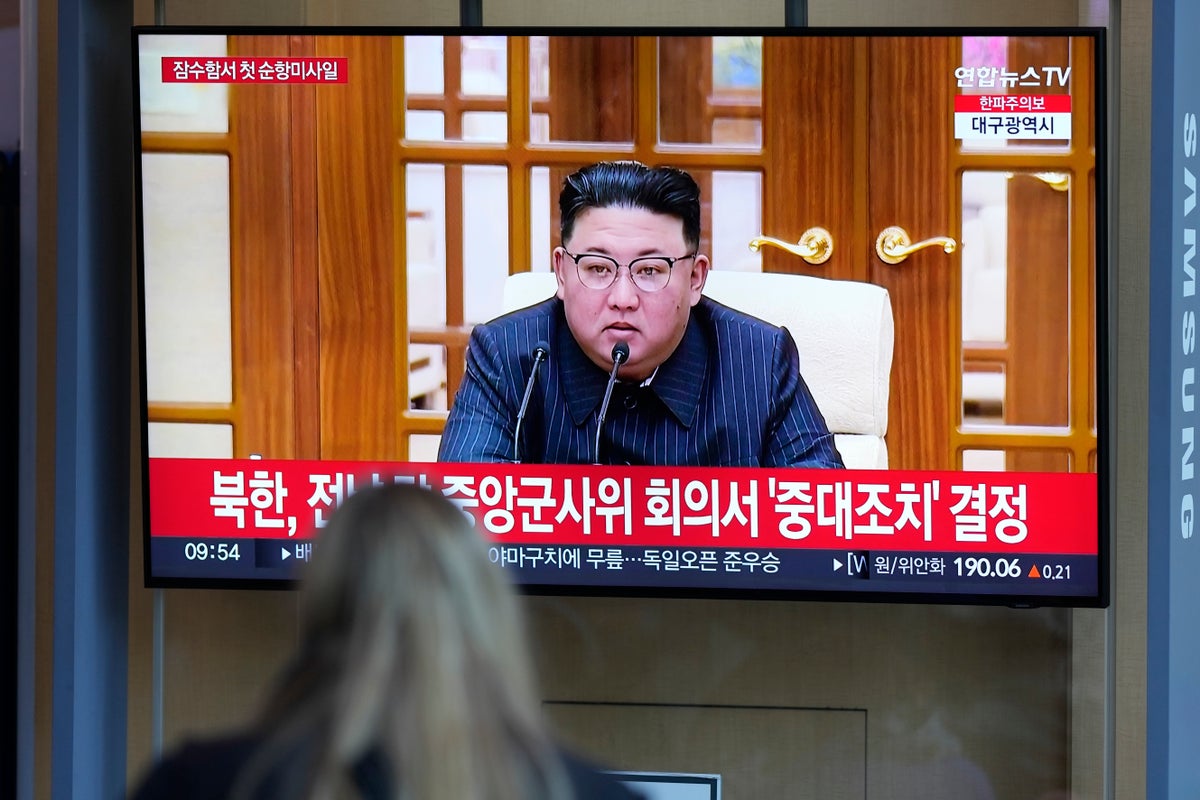
North Korea test-fired two short-range ballistic missiles toward its eastern waters Tuesday in Pyongyang's second show of force this week, officials said, a day after the beginning of U.S.-South Korean military drills that the North views as an invasion rehearsal.
South Korea’s Joint Chiefs of Staff said in a statement that the launches were made from the southwestern coastal town of Jangyon from 7:41 a.m. to 7:51 a.m., and it assessed that the missiles flew across North Korea before landing in the sea off that country's east coast.
The Joint Chiefs of Staff said the South Korean military had boosted its surveillance posture and maintained readiness in close coordination with the United States.
Pyongyang could further escalate its weapons tests over the coming days in a tit-for-tat response to the allies’ military drills, which are planned to run until March 23. Last week North Korean leader Kim Jong Un ordered his troops to be ready to repel what he called the “frantic war preparations moves” by the country's rivals.
On Monday, North Korea said it had test-fired two cruise missiles from a submarine, the first time it is known to have conducted a launch of that type. Its previous underwater launches all involved ballistic missiles. It was also the first time North Korea fired multiple missiles from a submarine in a single launch event, observers said.
The North implied the cruise missiles were being developed to carry nuclear warheads and claimed that the latest test verified the posture of the country’s “nuclear war deterrence.”
North Korea acquiring submarine-launched missile systems is an alarming development for the United States and South Korea because launches would be harder to detect and it would provide the North retaliatory second attack capability.
Experts say it would take years, extensive resources and major technological improvements for the heavily sanctioned nation to build a fleet of several submarines that could travel quietly and reliably execute strikes.
The U.S.-South Korean joint exercises that started Monday are the largest in years and and included a computer-simulated command post training. The drills are designed to sharpen the allies' response to North Korea's growing nuclear threat and other changing security environments.
The countries have been expanding their drills since last year as North Korea test-fired more than 70 missiles in 2022. Those included intercontinental ballistic missiles with the potential range to reach the U.S. mainland and short-range, nuclear-capable missiles that could target South Korea.







